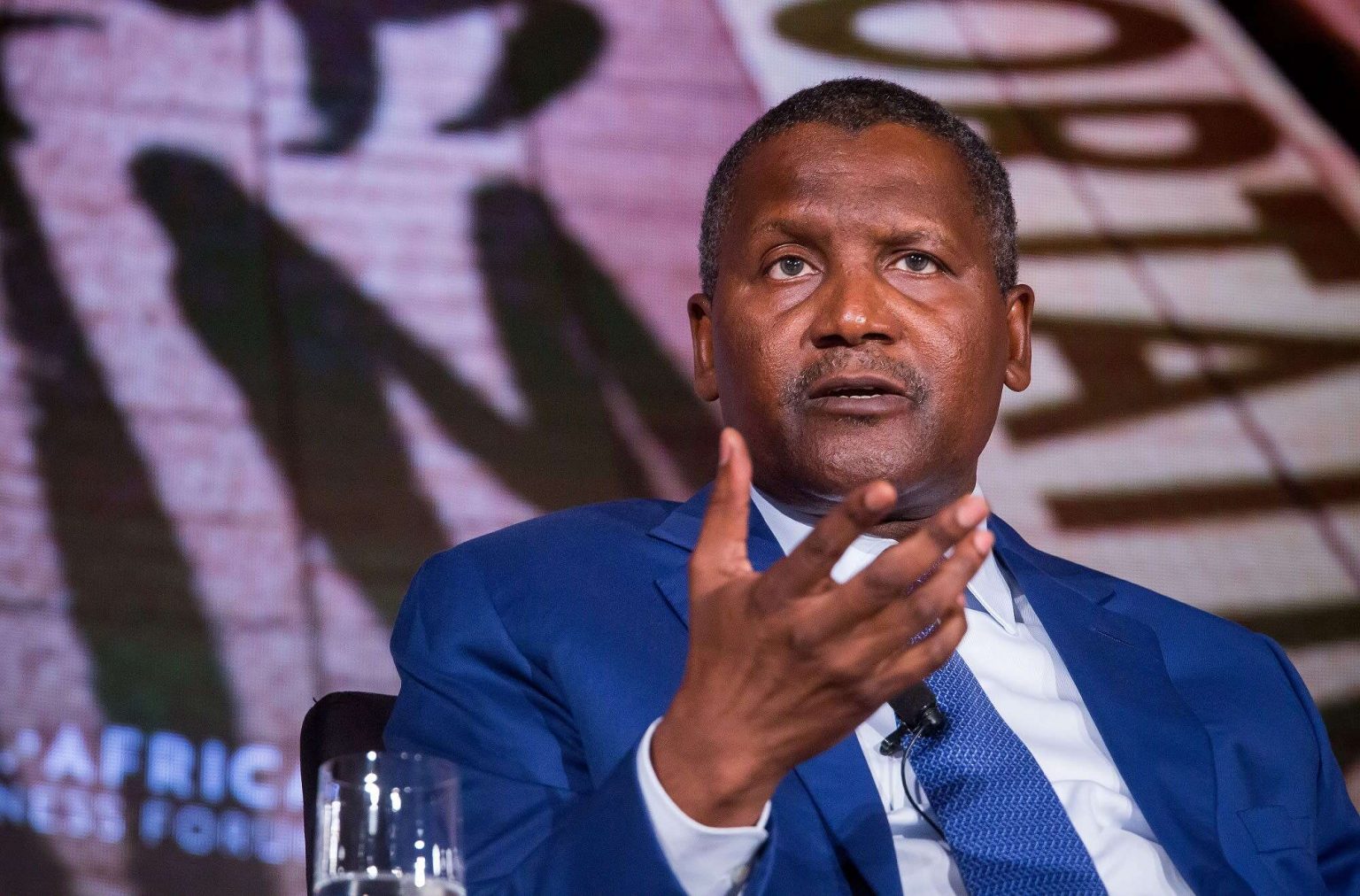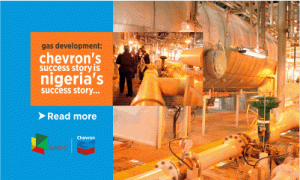Leading continental giant in cement production, Dangote Cement has posted a profit after tax (PAT) of N200.521bn for the financial year ended December 31, 2019.
Fact checks showed that this is as against a profit of N390.325bn posted in 2018, thus suggesting a slide of 48.63 per cent.
Whereas its profit before tax (PBT) stood at N250.479bn from N300.806bn posted in 2018, accounting for a drop of 16.73 per cent, revenue was N891.674bn as against N901.213bn in 2018.
Business Hilights gathered that at the upcoming Annual General Meeting (AGM), the board proposed final dividend of N16 per share may be ratified by the shareholders.
Giving insights on the result, the outgoing Group Chief Executive Officer, Dangote Cement, Joe Makoju, said “Dangote Cement maintained strong financial performance despite a low growth environment, pricing pressure and increasing competition in key markets. The Nigerian operations maintained volume and revenue performance in a challenging environment. Export sales were affected by the border closure in the second half of 2019. Looking ahead, I expect an increase in volumes in 2020 as we commence clinker exports via shipping from Nigeria.
“Pan-Africa volumes were slightly up notably supported by Tanzania and Senegal. I am glad to report that Tanzania contributed positively at EBITDA level. In 2020, I believe Dangote Cement will see an increase in profitability in Pan-Africa driven by higher volumes and further efficiency improvements.
“As I retire from Dangote Cement, I am proud to have watched it grow from a local producer back in 2007 to a major force in global cement production. Dangote Cement has eliminated Nigeria’s dependence on imported cement and has transformed the nation into an exporter of cement, serving neighbouring countries. I wish Mr Michel Puchercos all the best as the new Group Chief Executive Officer of Dangote Cement.”

Recall that Dangote Cement is Africa’s leading cement producer with nearly 46Mta capacity across Africa. It is a fully integrated quarry-to-customer producer, with a production capacity of 29.25Mta in its home market, Nigeria. Obajana plant in Kogi state, Nigeria, is the largest in Africa with 13.25Mta of capacity across four lines; Ibese plant in Ogun State has four cement lines with a combined installed capacity of 12Mta and Gboko plant in Benue state has 4Mta.
Another look at the technical details of the posted results:
DANGCEM published Q4-19 and 2019FY audited financials after close of market yesterday, with Q4 EPS (-80.1% y/y) declining on lower revenue, higher operating expenditure, as well as a tax charge incurred (vs a tax credit and reversal in the previous year).
Adjusting for the tax savings, we estimate that Q4-19 EPS would have grown marginally by 0.9% y/y. For 2019FY, DANGCEM’s EPS came in 48.3% y/y lower, and was 7.4% below consensus estimate.
Beyond the high base from the prior year, the weaker operating performance also contributed to the disappointing earnings outturn. On the 2019FY EPS of NGN11.79, the board has proposed a final dividend of NGN16.00/share, which implies a dividend yield of 9.4% on yesterday’s closing price (NGN170.00/share).
The group’s aggregate revenue declined by 1.9% y/y in Q4-19, following a decline in volumes (-2.3% y/y), which offset the slight price increase (+0.9% y/y) taken in the period. Coming from its weakest quarter, we find the 1.0% q/q volume decline surprising.
According to Cordros Securities, a leading capital market observing and consulting group, “We believe the tighter competitive landscape in its key markets (Nigeria and South Africa) must have affected sales volume over the period. For 2019FY, revenue only declined by 1.1%, following a 3.0% y/y decline in average price, amidst largely flat volume (+0.1% y/y).
Regionally, revenue in Nigeria dipped by 3.1% y/y, following a disappointing volume outturn (-3.0% y/y) and lower average price (-0.1% y/y).

Experts also agreed that and suspect that the drive to gain market share by competitors must have led to volume losses, especially in regions where consumers are price sensitive. Management confirmed that it sustained its “Bag of Goodies” promotion in a bid to ward off competition.
To underscore the scale of things, management wasn’t able to implement the price increase announced for Nigeria in April 2019 (+NGN150.00/bag).
For the rest of Africa, revenue grew by 0.9% y/y in Q4-19, supported by higher average prices (+1.9% y/y) which masked the decline in volume (-1.1% y/y). Across its different regions of operation, while higher infrastructure spending in Tanzania and Senegal supported sales volume, we understand that weaknesses in Congo, Ghana, and Cameroon were the spanner in the works.
Management highlighted that security challenges in the North and South West regions of Cameroon continued to impact sales volume. Meanwhile, the absence of major infrastructure spending, together with the slow pace of economic recovery impacted sales in Congo. We understand that DANGCEM’s market share declined by 6.0% y/y in Ghana, owing to the intensely competitive environment.
However, despite the weaknesses in revenue, the Group’s gross margin improved markedly by 180bps in Q4-18, following a faster decline in COGS (-5.9% y/y).

Most of the improvement came from Pan Africa (+810 bps y/y), which was enough to offset the pressure in Nigeria (-60bps).
For clarity, total cost/tonne declined by 8.5% across the Pan Africa region, supported by a significant decline in energy cost/tonne (-35.2% y/y). Management said cash cost in Tanzania reduced meaningfully owing to the use of the temporary gas turbines.
Also, against the reduced volume, manufacturing costs decreased in Ghana, South Africa, and Cameroon. Elsewhere, total cost/tonne in Nigeria rose by 2.0% y/y, driven by royalty (+16.3% y/y) and salaries and related (+4.4% y/y) cost.
Further down, Q4-19 operating expenses were higher by 5.8% y/y, driven by both administrative (+49.0% y/y) and selling and distribution (+2.0% y/y) expenses. We note that haulage cost/tonne rose by 15.8% y/y.
Management said it took control of the delivery of more volumes directly to customers in order to reach untapped markets, hence, the reason for higher haulage cost. That, together with the sharp decline in other income (-83.7% y/y), led to a 5.0% y/y decline in EBITDA, with related margin moderating by 140bps to 43.5%. On the positive however, energy cost/tonne in Nigeria dipped by 6.2% y/y.
Unlike in Q3-19 where management said heavy rainfall had forced higher usage of more expensive gas, we believe cheaper coal now contributes more to the energy-mix.
DANGCEM’s cash balance rose by 34.9% y/y, paving the way for a 131.0% y/y expansion in finance income, despite the lower yield environment.
Meanwhile, finance cost declined by 9.0% y/y, following a slight decline in total debt (-8.0% y/y) to NGN351.40 billion.
Overall, PBT declined by 1.2% y/y with related margin improving by 20bps due to the faster decline in revenue. Following a NGN6.63 billion tax charge (vs. tax credit and reversals totaling NGN178.61billon in Q4-18), PAT declined by 80.1%.
Analysts at Cordros Securities are of the view that “The direction of EPS over 2019 was not surprising; however, the magnitude of the decline was steeper than our initial thought. DANGCEM’s inability to implement the price increases announced in April 2019 highlights the scale of competition it faces in the Nigerian market.

“We believe that DANGCEM’s scale, superiority, and efficiency will allow it to respond quickly to price pressure.
“We expect market reaction to be neutral. The stock is trading at 2019E P/E and EV/EBITDA multiples of 6.6x and 7.1x, respectively, a discount to the Middle East and Africa peer averages of 7.4x and 12.3x, respectively. Our estimates are under review,” Cordros Securities experts averred.









